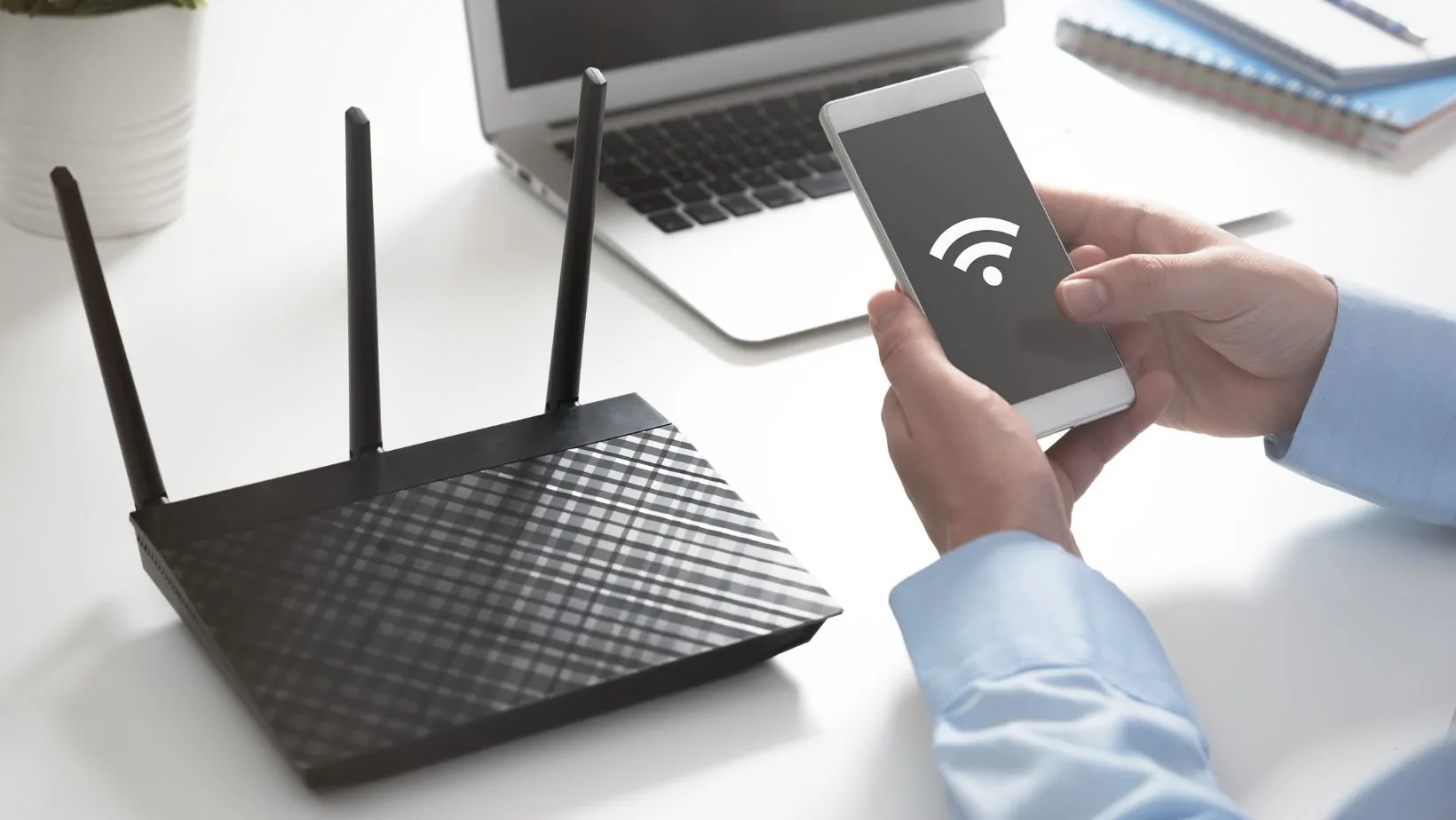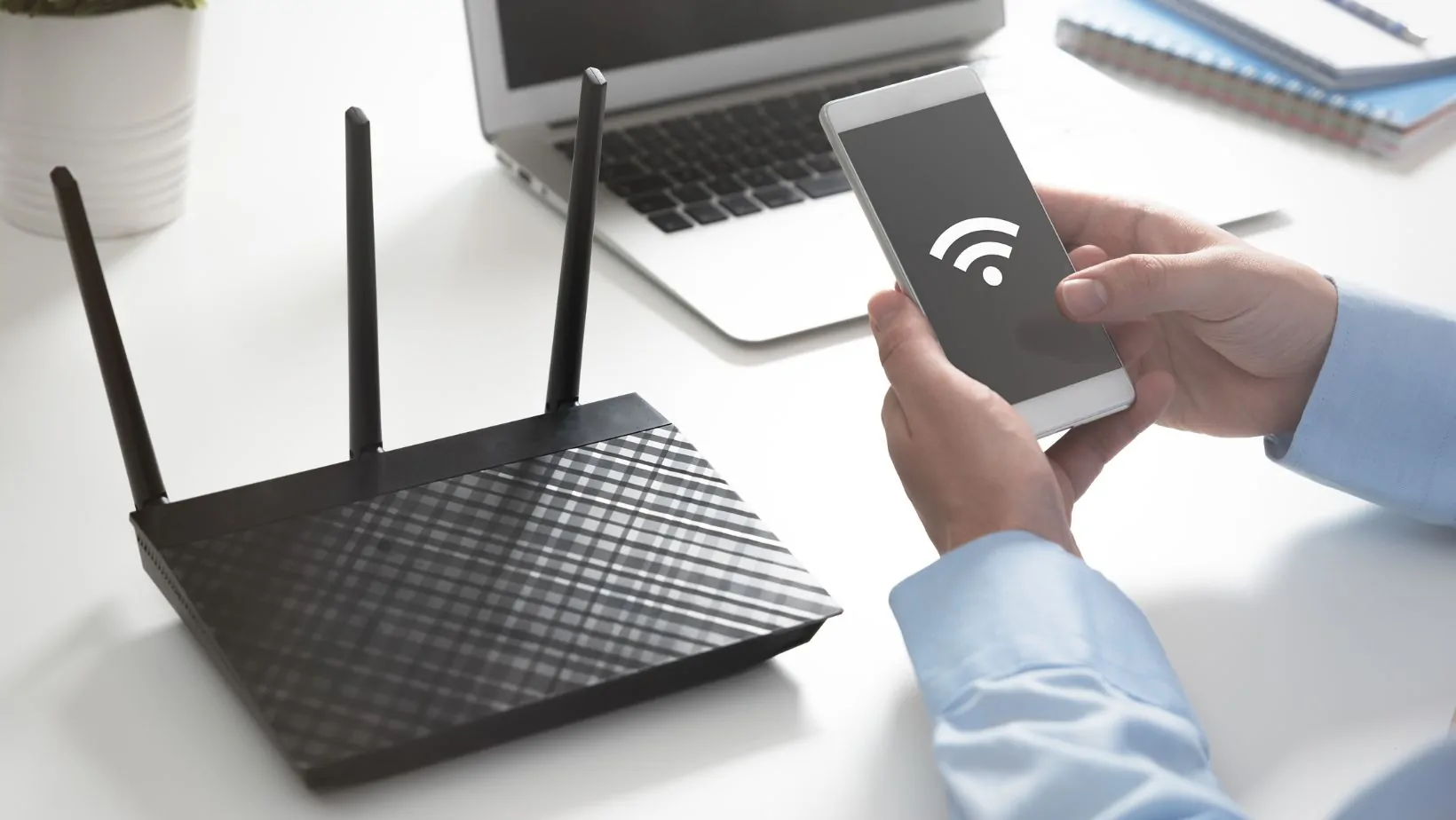Welcome to this comprehensive guide on optimizing network performance through understanding and managing the 10.0.0.1 pause time. In this article, we will explore the intricacies of network pauses and delve into the significance of the 10.0.0.1 IP address in relation to network performance. Whether you’re a tech enthusiast or a network administrator, this guide will provide you with valuable insights and actionable steps to enhance your network’s efficiency.
What is 10.0.0.1 Pause Time?
The 10.0.0.1 pause time refers to the interval during which network devices temporarily suspend data transmission to mitigate congestion or prioritize specific packets. This technique, known as Ethernet flow control, enables devices to regulate the flow of data to prevent packet loss and ensure smooth communication between network components.
Understanding Ethernet Flow Control
Ethernet flow control is a fundamental mechanism employed in local area networks (10.0.0.1 Pause Time) to maintain optimal data transfer rates. By utilizing pause frames, devices can request other devices to pause transmission temporarily, allowing them to process incoming data or avoid overwhelming network buffers.
The Role of 10.0.0.1 IP Address
The IP address 10.0.0.1 holds significance as a default gateway for many private networks. While it may vary across different network setups, it serves as a common gateway IP address for various routers and modems. Understanding the pause time associated with this IP address is crucial for optimizing network performance and resolving potential bottlenecks.
Benefits of Optimizing Pause Time
Efficiently managing pause time in your network can yield several benefits. Let’s explore the advantages that come with optimizing pause time.
Minimizing Network Congestion
By effectively utilizing pause time, you can minimize network congestion, which often occurs when multiple devices attempt to transmit data simultaneously. Pausing transmission during peak periods allows devices to process incoming data without overwhelming network resources, resulting in smoother communication and reduced packet loss.
Enhancing Data Integrity
When network devices encounter high traffic loads, data packets may get dropped, leading to data loss and decreased integrity. By leveraging pause time 10.0.0.1 Pause Time, you can enhance data integrity by allowing devices to process incoming data at a pace that aligns with their processing capabilities. This helps maintain the integrity and reliability of your network’s data transmission.
Optimizing Network Performance
Efficiently managing pause time ensures that network devices operate at their maximum potential. By avoiding data transmission bottlenecks, you can optimize network performance, resulting in faster response times, reduced latency, and improved overall user experience.
The Importance of Optimal Pause Time
To ensure efficient data transmission, it is crucial to set an appropriate pause time for the IP address 10.0.0.1. A well-configured pause time helps prevent data collisions and ensures that the network devices function harmoniously, minimizing the risk of bottlenecks and delays.
Factors Influencing Pause Time
Several factors influence the ideal pause time for 10.0.0.1 Pause Time. Let’s explore the key elements that network administrators should consider:
Network Traffic
The volume of network traffic plays a significant role in determining the optimal pause time. Higher traffic levels require longer pause times to allow devices to process the incoming data effectively.
Network Equipment
Different network equipment may have varying capabilities when it comes to processing and handling data. The pause time should be adjusted accordingly to ensure compatibility and optimal performance across all devices.
Network Latency
Network latency refers to the delay experienced in data transmission. Higher latency requires longer pause times to account for the delay and prevent data loss.
Best Practices for Managing Pause Time
To optimize your network’s performance, consider implementing the following best practices for managing pause time effectively.
1. Analyze Network Traffic
Begin by analyzing your network’s traffic patterns to identify periods of high congestion or packet loss. By understanding the flow of data within your network, you can pinpoint areas that require attention and fine-tuning.
2. Configure Network Devices
Take advantage of your network 10.0.0.1 pause time‘ configuration options to adjust pause time settings. By optimizing these settings, you can regulate data transmission and prioritize critical 10.0.0.1 pause time, ensuring smoother communication and reduced packet loss.
3. Implement Quality of Service (QoS) Measures
Quality of Service (QoS) measures allow you to allocate network resources based on priority levels. By implementing QoS policies, you can ensure that essential data packets receive preferential treatment, minimizing delays and improving overall network performance.
4. Regularly Update Firmware and Drivers
To keep your network devices functioning optimally, it is essential to regularly update their firmware and drivers. Manufacturers often release updates that address performance issues and introduce enhancements. By staying up to date, you can take advantage of these improvements and maintain an efficient network infrastructure.
FAQs (Frequently Asked Questions)
Q1: What causes excessive pause time in a network?
Excessive pause time in a network can be caused by various factors, including outdated firmware or drivers, network misconfigurations, or inadequate network bandwidth. Identifying and addressing these underlying causes is crucial to optimizing network performance.
A1: To troubleshoot excessive pause time, consider updating firmware and drivers, reviewing network configurations, and assessing bandwidth requirements. Additionally, consider consulting with a network professional for a comprehensive analysis and tailored solutions.
Q2: Can pause time affect real-time applications such as video conferencing?
Yes, pause time can have a significant impact on real-time applications like video conferencing. High pause time or network congestion can result in packet loss and increased latency, leading to degraded video and audio quality. Optimizing pause time helps ensure a seamless video conferencing experience.
A2: To enhance real-time applications’ performance, prioritize network traffic related to video conferencing and utilize QoS measures to allocate sufficient bandwidth. Additionally, optimizing pause time through effective network management can reduce latency and packet loss, resulting in improved video and audio quality.
Q3: Are there any tools available to measure and optimize pause time?
Yes, several network monitoring tools can help measure and optimize pause time. These tools provide valuable insights into network traffic, performance metrics, and pause frame utilization. Some popular options include Wireshark, SolarWinds Network Performance Monitor, and PRTG Network Monitor.
A3: To measure and optimize pause time, consider using network monitoring tools like Wireshark or dedicated network performance monitoring solutions. These tools offer real-time visibility into network traffic, allowing you to identify and address pause time-related issues effectively.
Conclusion
In conclusion, understanding and managing the 10.0.0.1 pause time is crucial for optimizing your network’s performance. By effectively leveraging pause time, you can minimize network congestion, enhance data integrity, and optimize overall network performance. Implementing best practices such as analyzing network traffic, configuring devices, and utilizing QoS measures will empower you to achieve a high-performing and efficient network infrastructure.
Remember, regular monitoring, firmware updates, and collaboration with network professionals are essential for maintaining optimal network performance. By embracing these strategies and applying the insights shared in this article, you can take proactive steps towards improving your network’s efficiency and delivering a seamless user experience.




